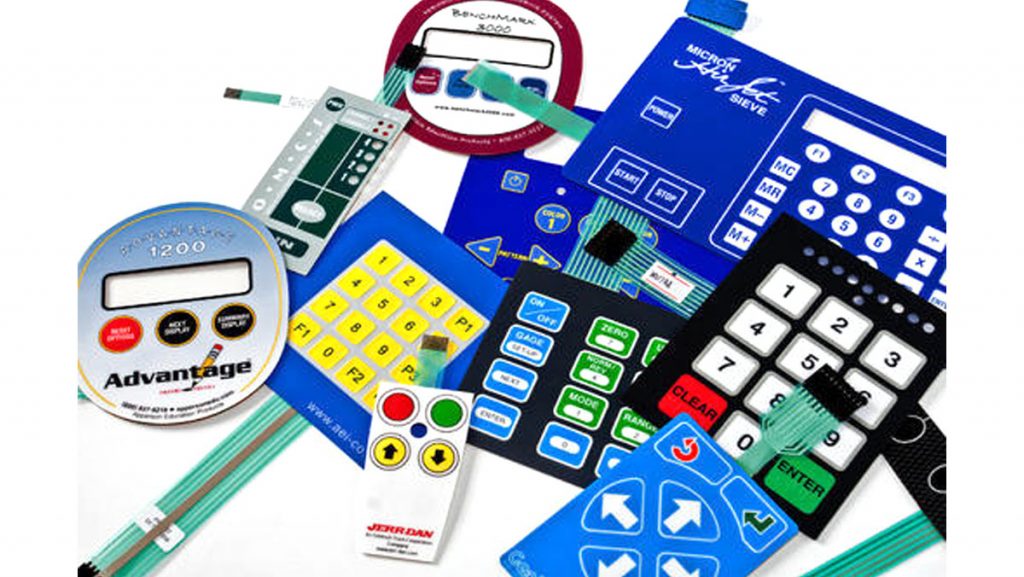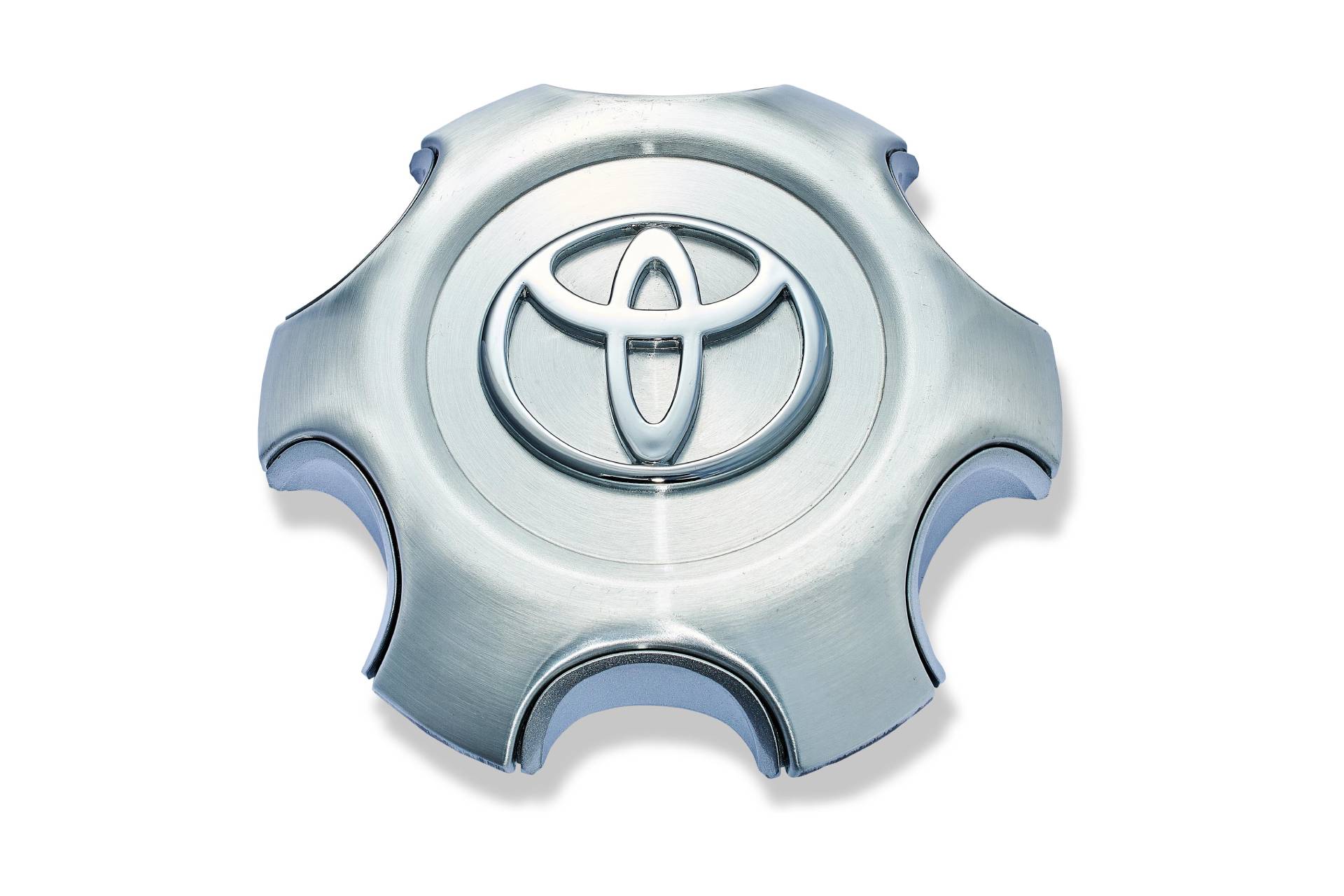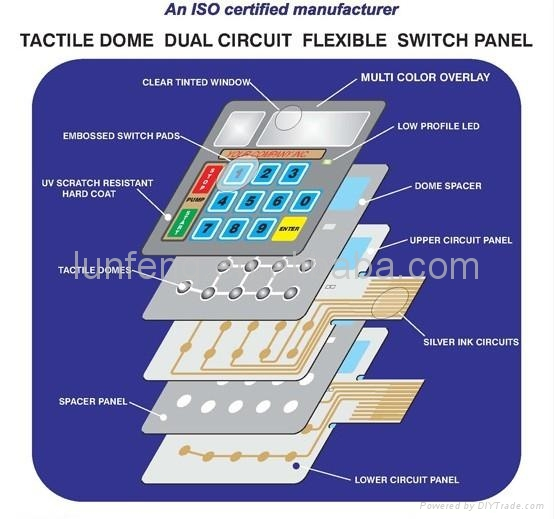Recognizing the Value of Membrane Switches in User User Interfaces
Membrane switches are indispensable components in the style of efficient customer interfaces, facilitating not only capability but also improving visual allure and customer interaction. As we explore the various advantages and future trends linked with Membrane modern technology, it comes to be clear that these switches are more than just components; they represent a merging of advancement and functionality.
What Are Membrane Switches?

The spacer layer, which has glue buildings, permits for the splitting up of the circuit layer from the overlay, guaranteeing that the switch remains in a non-activated state till pushed. When pressure is applied to the overlay, it presses the spacer layer, connecting the gap and completing the circuit in the underlying layer. This layout not only reduces the physical space needed for typical mechanical buttons but additionally improves the sturdiness of the device, as Membrane switches are typically resistant to dirt, wetness, and various other ecological factors.
Generally discovered in applications ranging from customer electronics to clinical gadgets, Membrane switches are integral to contemporary technology, supplying a easy to use and efficient user interface that straightens with modern design demands.
Advantages of Membrane Buttons
While various switch innovations exist, Membrane Switches deal unique benefits that make them particularly preferable in various applications. One of the key benefits of Membrane switches is their small design, which permits space-saving executions in devices where realty is limited. Their thin account not just enhances visual allure but likewise promotes lightweight building.
An additional significant advantage is their resistance to ecological factors. Membrane buttons are typically sealed versus dampness, dirt, and contaminants, making them optimal for usage in demanding environments, such as medical tools and commercial equipment. This toughness expands the lifespan of the switch, decreasing upkeep expenses and boosting integrity.
Moreover, Membrane switches can be customized to satisfy certain style needs, including one-of-a-kind graphics and shades that enhance user communication. Their responsive responses alternatives can additionally be customized to give a satisfying user experience. Additionally, Membrane buttons are cost-efficient, specifically in high-volume applications, as they can be produced efficiently.
Applications in Various Industries

In the customer electronics field, Membrane buttons are widespread in devices such as microwaves, cleaning devices, and remote controls. Their responsive feedback and aesthetic alternatives improve user experience while giving a smooth, modern-day look. In addition, vehicle manufacturers use Membrane switches in control panel controls and infomercial systems, where area is restricted, and individual involvement is vital.
Moreover, the commercial sector leverages Membrane buttons in control panels for machinery and devices, permitting user-friendly procedure in frequently rough environments. Their resistance to chemicals and wetness ensures durability and integrity in these applications. Overall, the versatility of Membrane Switches contributes dramatically to their widespread use, making them essential in various technological domain names.
Layout Factors To Consider for Membrane Buttons

When developing Membrane switches, numerous essential factors to consider have to be taken into consideration to ensure optimum functionality and user experience. The selection of products is important; picking sturdy, high-grade substratums can boost the button's durability and resistance to environmental elements such as moisture and temperature fluctuations.
Secondly, the design of the graphic overlay should focus on quality and simplicity of use. Icons and text have to be understandable, and the design must assist in user-friendly interaction (membrane switches). Additionally, responsive comments is necessary; integrating a tactile dome or various other systems can enhance the customer experience by supplying physical confirmation of activation
Another essential factor is the button's electrical performance. Developers should ensure that the conductive traces are effectively created to reduce resistance and avoid signal disturbance. This involves analyzing the needed actuation force and making certain compatibility with Recommended Reading the digital components they will certainly interface with.

Future Trends in Membrane Technology
As innovation proceeds to development, Membrane switches are positioned to advance substantially, driven by innovations in products and making techniques. One arising fad is the consolidation of innovative products, such as flexible substrates and conductive inks, which improve durability and decrease the general weight of Membrane switches. These materials not just boost the tactile reaction however additionally allow for the style of buttons that can hold up against harsher environmental conditions.
Moreover, the assimilation of touch-sensitive modern technologies is transforming conventional Membrane Switches right into even more interactive customer interfaces. Capacitive touch sensors embedded within Membrane switch panels can supply a much more receptive and instinctive customer experience, aligning with the growing demand for sleek, contemporary styles in consumer electronic devices.
Furthermore, innovations in printing strategies, such as electronic and 3D printing, make it possible for quick prototyping and modification of Membrane buttons. This flexibility enables manufacturers to respond quicker to market demands and consumer preferences.
Last but not least, sustainability is becoming a significant emphasis, with suppliers discovering green products and procedures. As these fads unravel, the future of Membrane innovation guarantees enhanced functionality, aesthetic allure, and ecological obligation, solidifying their duty in sophisticated interface across various sectors.
Verdict
In verdict, Membrane Switches stand for a crucial element in the design of customer interfaces, integrating performance with aesthetic adaptability. Their advantages, including durability and resistance to ecological elements, make them suitable for varied applications across numerous markets. Thoughtful design factors to consider enhance customer interaction straight from the source and experience. As advancements in modern technology continue, the advancement of Membrane buttons is anticipated to additional refine individual interfaces, driving technology and improving use in a significantly complex technological landscape.
Membrane buttons are integral elements in the style of reliable user interfaces, promoting not only performance yet additionally enhancing aesthetic charm and customer interaction.Membrane Switches serve as a crucial part in various user interfaces, assisting in a smooth interaction between customers and digital tools.While numerous switch innovations exist, Membrane Switches offer unique benefits that make them specifically preferable in numerous applications.Moreover, Membrane switches can be customized to fulfill specific design requirements, integrating unique graphics and colors address that improve individual communication.In final thought, Membrane Switches represent an important element in the design of user interfaces, incorporating capability with visual adaptability.